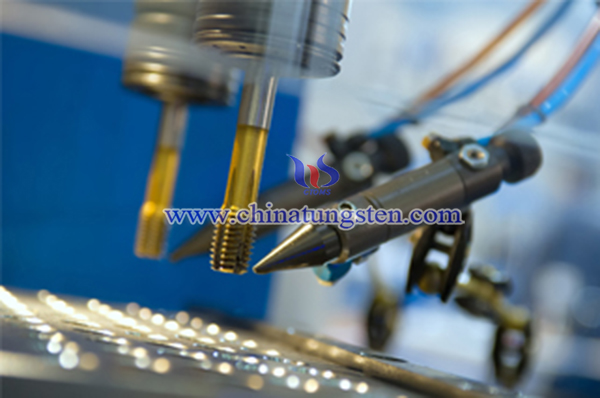China Is the Dominant Market Participant in Tungsten Industry
- Details
- Category: Tungsten's News
- Published on Friday, 05 January 2018 17:20
Mainly affected by the environmental protection policy reducing production, markets outside China show improved demand and higher prices. But China is still the dominant market participant in tungsten industry when it comes to price moves and price floors.
Environmental inspectors reached the tungsten-producing provinces of Hunan and Jiangxi in the summer, with the effect of cutting output and increasing production costs of those still operating.
The inspections forced the closure of smaller mines and the implementation - and associated costs - of measures intended to cut the environmental impact of China’s tungsten production in the long term.
As a result, production disruptions in China tightened the market considerably in 2017, and buyers in Europe were forced to pay hefty prices in order to secure the necessary tungsten intermediates.
Benchmark ammonium paratungstate (APT) prices assessed by Metal Bulletin - and used across the tungsten supply chain - were at $295-300 per mtu, cif Rotterdam on Friday December 15.

By contrast, prices closed 2016 at $187-198 per mtu and were widely considered to be below the cost of production for the mainly integrated tungsten industry outside China.
In November, APT prices dipped to lows of $270-280 per mtu in Europe as sellers took profit, fearing further losses after such a steep run-up in the summer (prices rallied 48% between late June and early September, according to Metal Bulletin data), and spot demand fell.
By contrast, fob China prices dropped only as far as $275-280 per mtu at the very beginning of November, as local producers resisted cutting their offers further.
Improved demand has also played a role in supporting tungsten prices this year. China’s costs are rising, but global demand has exceeded conservative estimates made in late 2016.
“The aviation and defense industries are strong; oil and gas were strong earlier in the year. There’s nothing negative on the demand side,” the producer said. “People ran down their stocks, but customers have more confidence in the forward order books now."
Western producers still prefer to maintain control over their supply chain by purchasing concentrates over APT and intermediates, but upstream supplies remain tight. Consequently, western buyers have found themselves topping up stocks with intermediates, for which China is still the dominant market participant.
European prices have also found support in the fourth quarter, since China plays such a crucial role in the provision of APT to the rest of the world. Therefore, higher prices look set to stay.
But just as it is undesirable for the Chinese to see global production ramp up, it is no longer feasible for Chinese producers to see APT prices languishing below $250 as a result of the higher costs they now face.
In addition to rising production costs, new environmental taxes are due to come into force in January, adding up to 2,000 yuan ($302) per tonne to APT costs. Tungsten price is not likely to decline in 2018.
- Tungsten Manufacturer & Supplier, Chinatungsten Online: www.chinatungsten.com
- Tungsten News & Prices of China Tungsten Industry Association: www.ctia.com.cn
- Molybdenum News & Price: news.molybdenum.com.cn
- Tel.: 86 592 5129696; Fax: 86 592 5129797; Email: sales@chinatungsten.com



 sales@chinatungsten.com
sales@chinatungsten.com